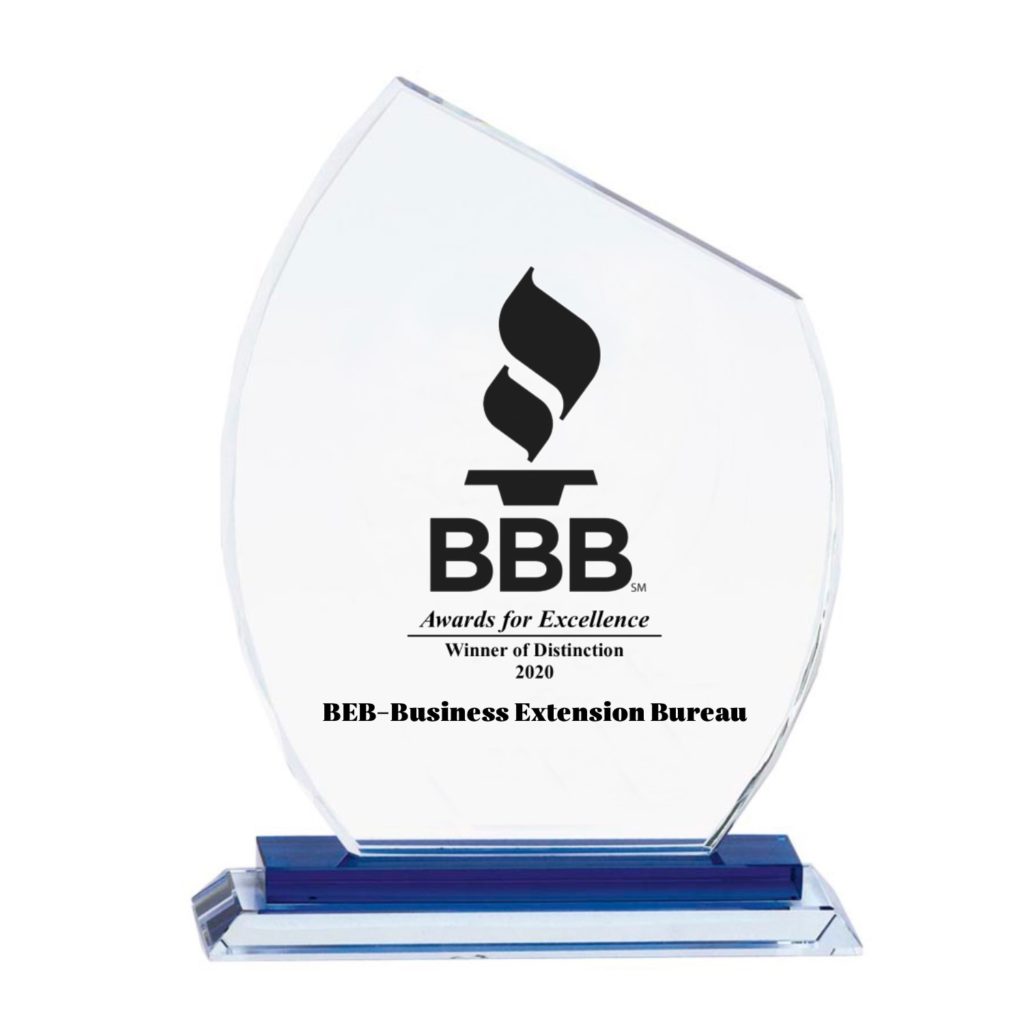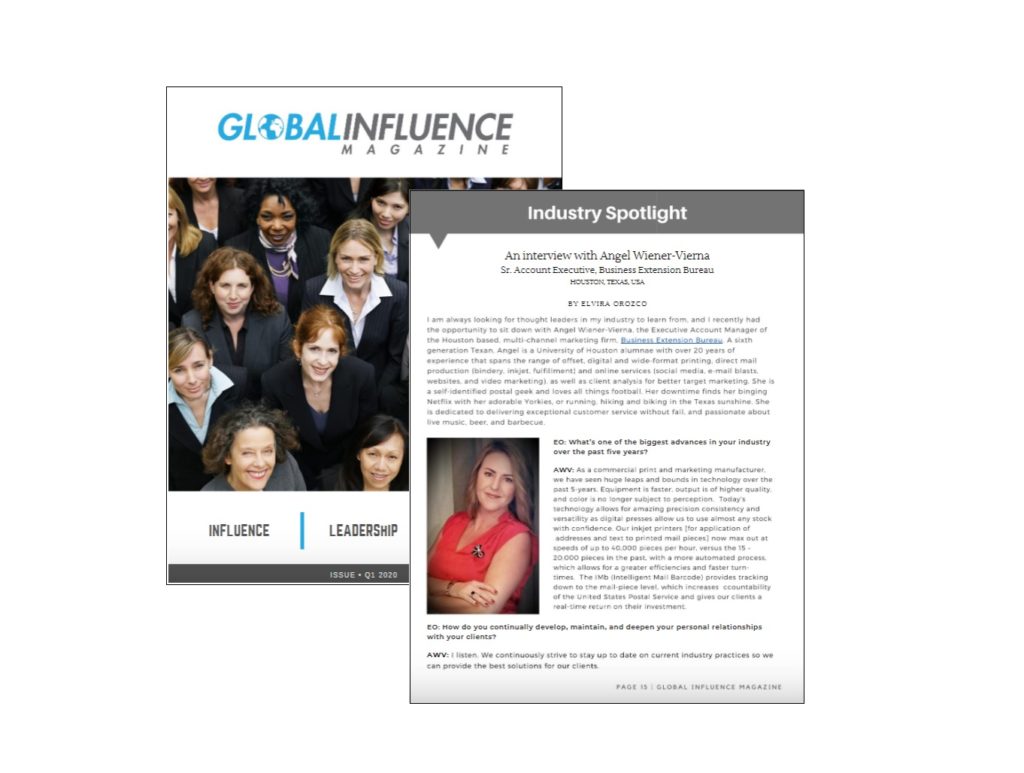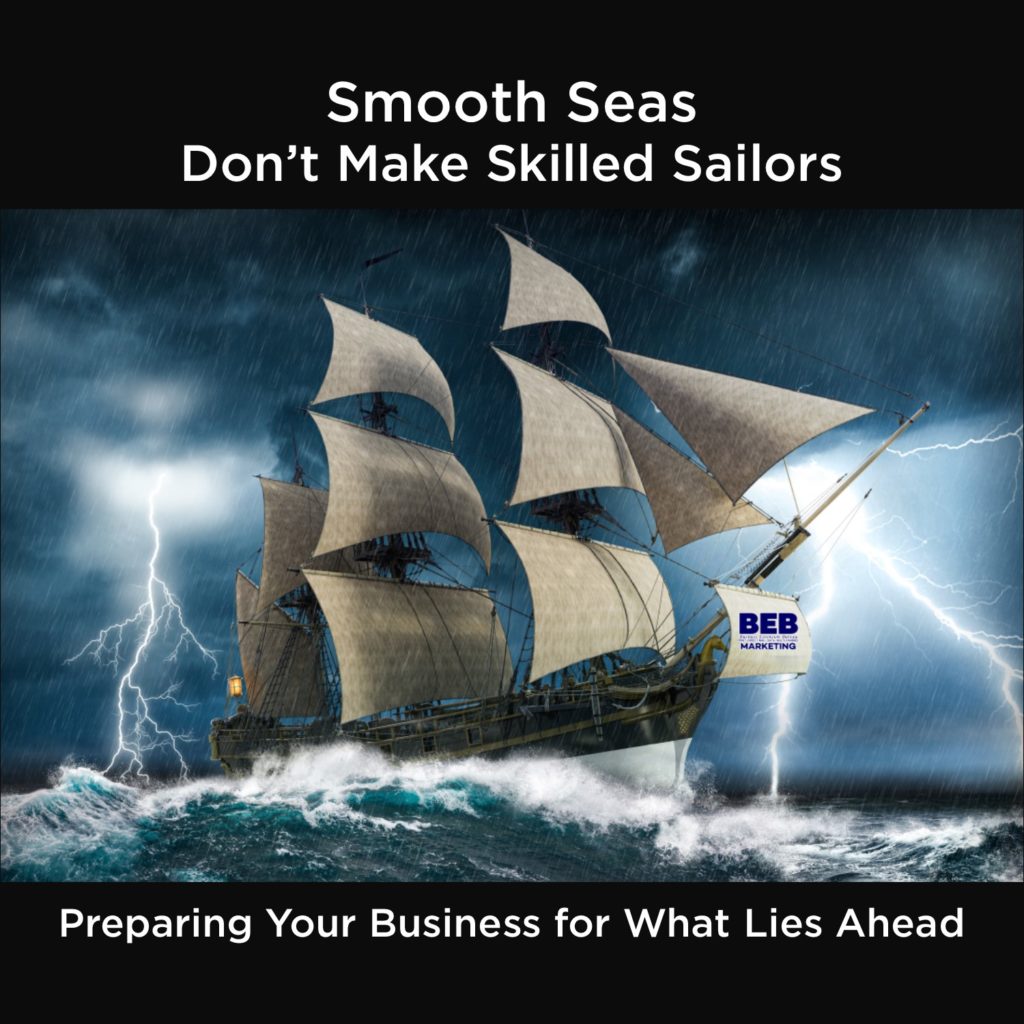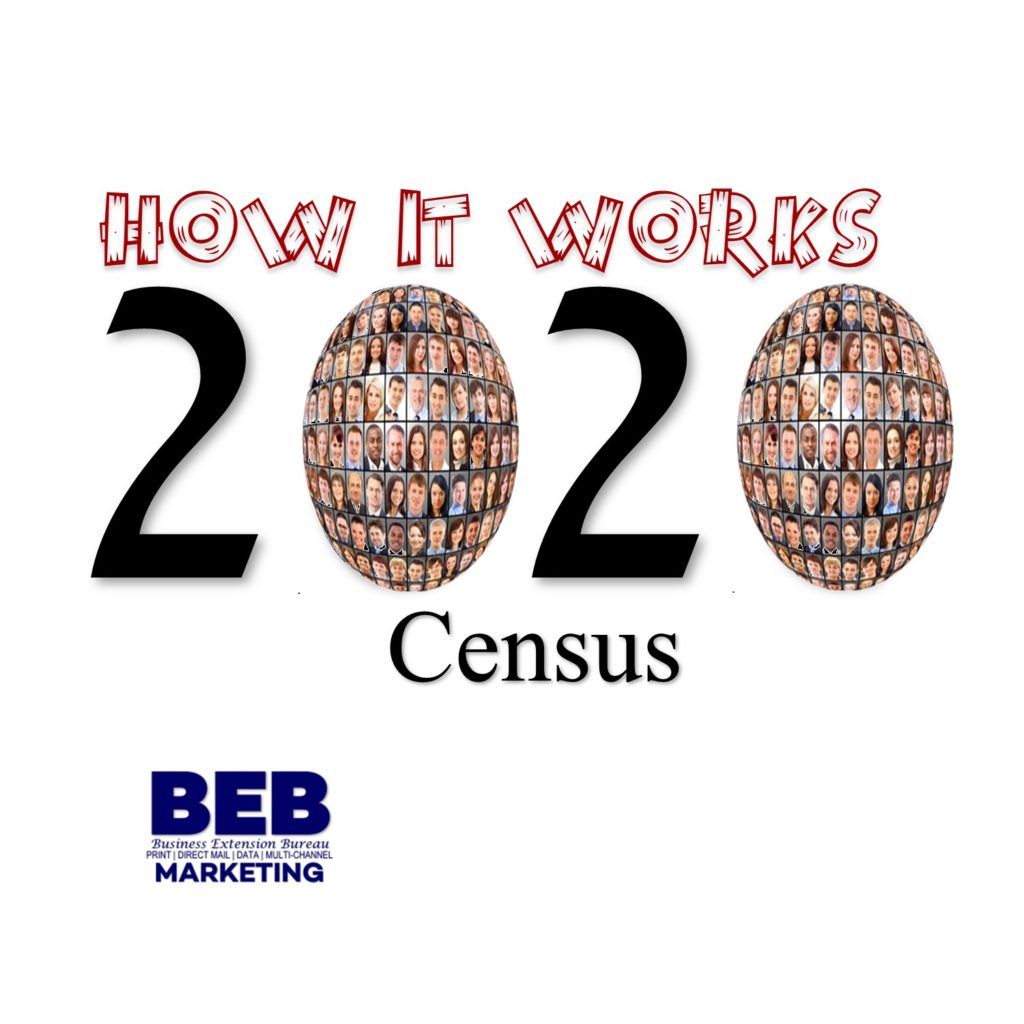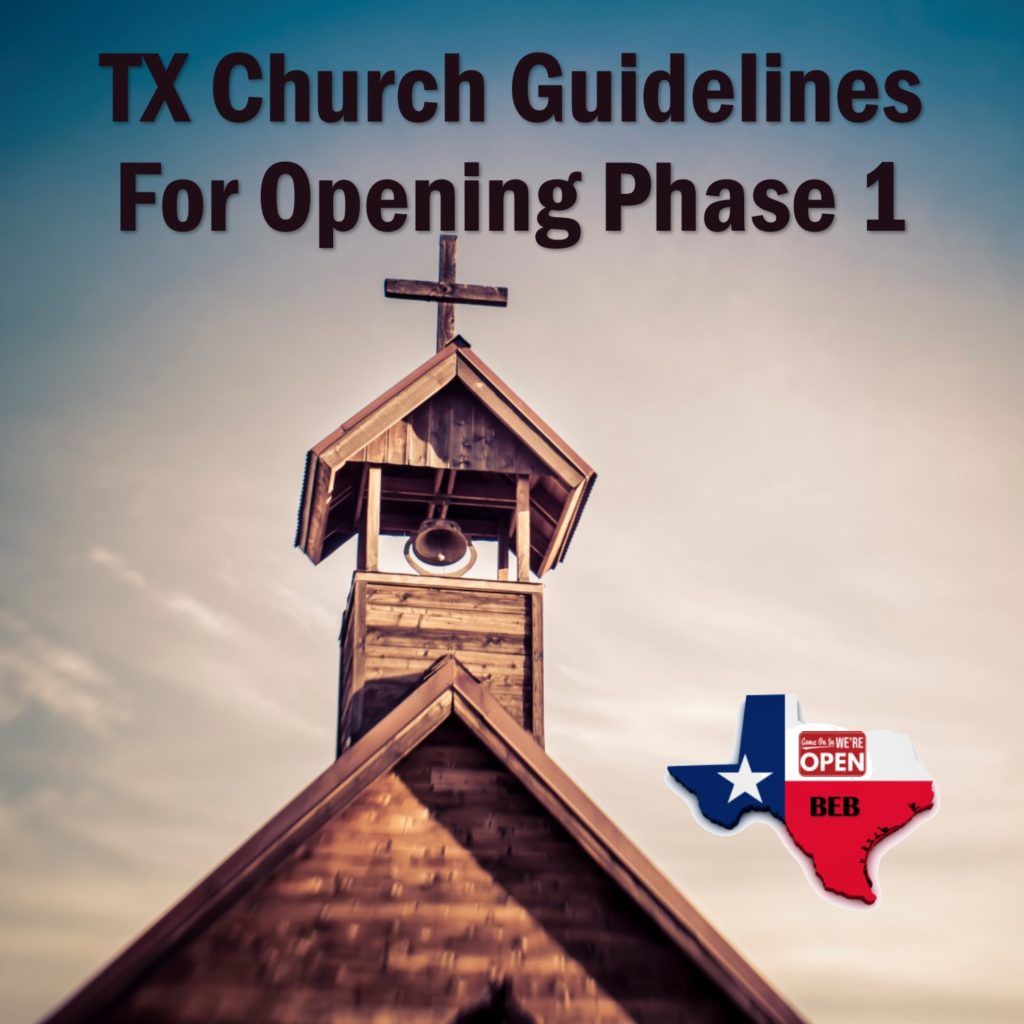 Below is the checklist for opening Phase 1:
Below is the checklist for opening Phase 1:
The Office of the Attorney General and the Office of the Governor have been providing joint guidance regarding the effect of executive orders on religious services conducted in churches, congregations, and places of worship. Below is an excerpt from the joint guidance for executive order GA-18, issued on April 27, 2020. The same minimum standard health protocols would apply to funeral services, burials, and memorials.
In accordance with Governor Abbott’s executive order GA-18, the following are the minimum recommended health protocols for all churches, congregations, and places of worship in Texas. Churches, congregations, and places of worship may adopt additional protocols consistent with their specific needs and circumstances to help protect the health and safety of all Texans. The same minimum standard health protocols would apply to funeral services, burials, and memorials.
Everyone should rigorously follow the practices specified in these protocols, all of which facilitate a safe and measured reopening of Texas. The virus that causes COVID-19 is still circulating in our communities. We should continue to observe practices that protect everyone, including those who are most vulnerable.
Please note, public health guidance cannot anticipate every unique situation. Churches, congregations, and places of worship should stay informed and take actions based on common sense and wise judgment that will protect health and support economic revitalization. Churches, congregations, and places of worship should also be mindful of federal and state employment laws and workplace safety standards.
Health protocols for serving your attendees:
- Strongly encourage the at-risk population to watch or participate in the service remotely.
- Designate an area inside the facility reserved for the at-risk population*, or offer a service for at-risk population attendees only.
- Ensure proper spacing between attendees:
- Keep at least two empty seats (or six feet separation) between parties in any row, except as
follows:
- Two or more members of the same household can sit adjacent to one another, with two
seats (or six feet separation) empty on either side.
- Two individuals who are not members of the same household but who are attending together can sit adjacent to one another, with two seats (or six feet separation) empty on either side.
- Alternate rows between attendees (every other row left empty).
Health protocols for your employees and volunteers:
- Train all employees and volunteers on appropriate cleaning and disinfection, hand hygiene, and respiratory etiquette.
- Screen employees and volunteers before coming into the church, congregation, or place of worship:
- Send home any employee or volunteer who has any of the following new or worsening signs or symptoms of possible COVID-19:
- Cough
- Shortness of breath or difficulty breathing
- Chills
- Repeated shaking with chills
- Muscle pain
- Headache
- Sore throat
- Loss of taste or smell
- Diarrhea
- Feeling feverish or a measured temperature greater than or equal to 100.0 degrees Fahrenheit
- Known close contact with a person who is lab confirmed to have COVID-19
- Do not allow employees or volunteers with the new or worsening signs or symptoms listed above to return to work until:
- In the case of an employee or volunteer who was diagnosed with COVID-19, the individual may return to work when all three of the following criteria are met:
-
- at least 3 days (72 hours) have passed since recovery (resolution of fever without the use of fever-reducing medications); and the individual has improvement in respiratory symptoms (e.g., cough,
shortness of breath); and at least 7 days have passed since symptoms first appeared;
- or in the case of an employee or volunteer who has symptoms that could be COVID-19 and does not get evaluated by a medical professional or tested for COVID-19, the individual is assumed to have COVID-19, and the individual may not return to work until the individual has completed the same three-step criteria listed above;
- If the employee or volunteer has symptoms that could be COVID-19 and wants to return to work before completing the above self-isolation period, the individual must obtain a medical professional’s note clearing the individual for return based on an alternative diagnosis.
- Do not allow an employee or volunteer with known close contact to a person who is labconfirmed to have COVID-19 to return to work until the end of the 14 day self-quarantine period from the last date of exposure (with an exception granted for healthcare workers and critical infrastructure workers).
- Have employees or volunteers wash or sanitize their hands upon entering.
- Have employees or volunteers maintain at least 6 feet separation from other individuals. If such distancing is not feasible, then other measures including face covering, hand hygiene, cough etiquette,
cleanliness, and sanitation should be rigorously practiced.
- Consistent with the actions taken by many churches, congregations, and places of worship across the state, consider having employees, volunteers, and attendees wear cloth face coverings (over the nose
and mouth). If available, they should consider wearing non-medical grade face masks.
Health protocols for your facilities:
- Regularly and frequently clean and disinfect any regularly touched surfaces, such as doorknobs, tables, chairs, and restrooms.
- Disinfect seats between services.
- Disinfect any items that come into contact with attendees.
- Make hand sanitizer, disinfecting wipes, soap and water, or similar disinfectant readily available.
- Place readily visible signage to remind everyone of best hygiene practices.
- If a church or place of worship provides meals for employees, volunteers, or attendees, they are recommended to have the meals individually packed for each employee, volunteer, or attendee.
- Maintain rigorous sanitation practices like disinfection, handwashing, and cleanliness when preparing or serving anything edible
Download your copy by clicking the linke below:
OpenTexas-Checklist-Churches-Places-of-Worship 2020-04-27
*At-risk population are those who are 65 or older, especially those with chronic lung disease; moderate to severe asthma; chronic heart disease; severe obesity; diabetes; chronic kidney disease undergoing dialysis; liver disease; or weakened immune system

